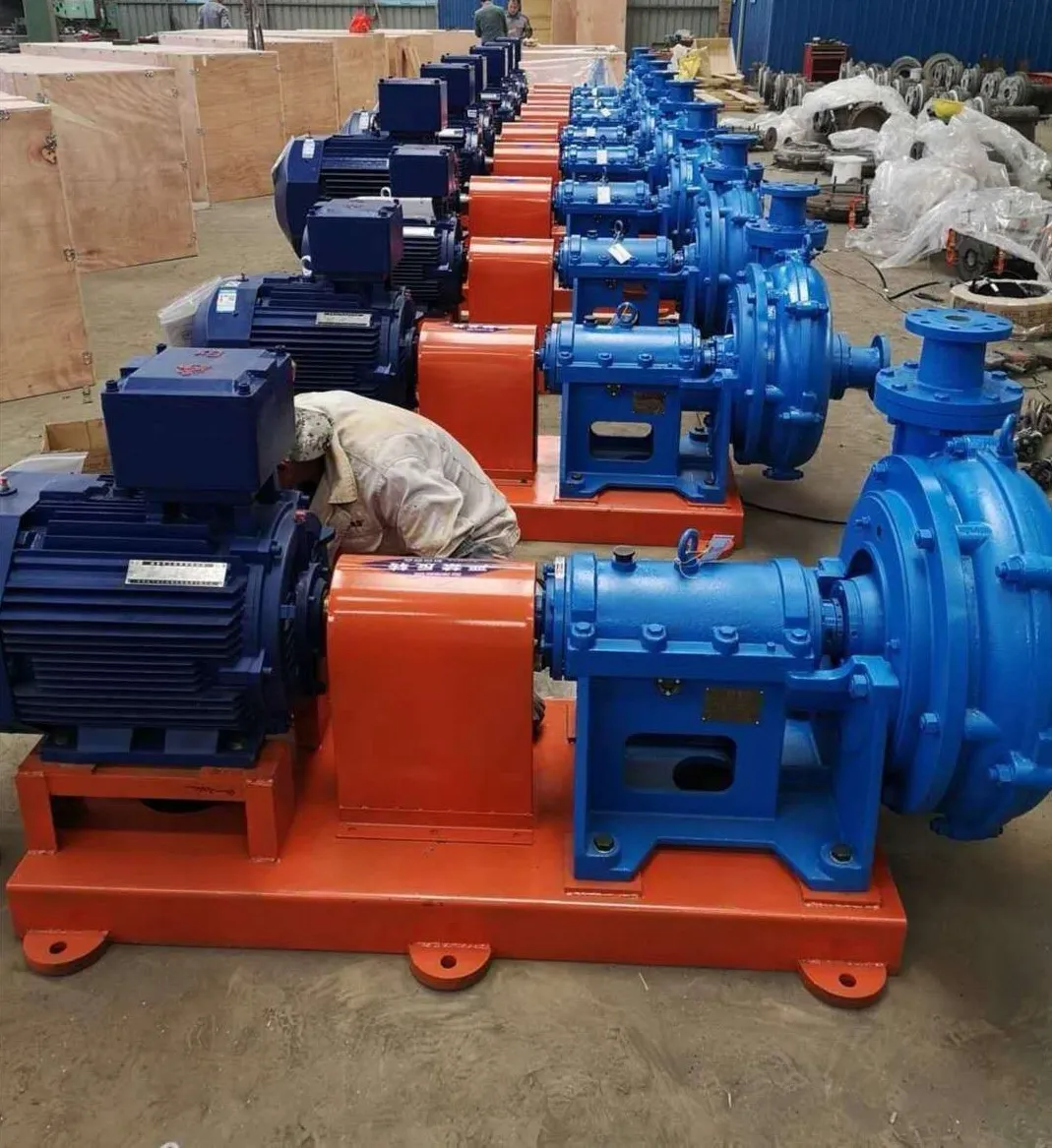English
- Afrikaans
- Albanian
- Amharic
- Arabic
- Armenian
- Azerbaijani
- Basque
- Belarusian
- Bengali
- Bosnian
- Bulgarian
- Catalan
- Cebuano
- Corsican
- Croatian
- Czech
- Danish
- Dutch
- English
- Esperanto
- Estonian
- Finnish
- French
- Frisian
- Galician
- Georgian
- German
- Greek
- Gujarati
- Haitian Creole
- hausa
- hawaiian
- Hebrew
- Hindi
- Miao
- Hungarian
- Icelandic
- igbo
- Indonesian
- irish
- Italian
- Japanese
- Javanese
- Kannada
- kazakh
- Khmer
- Rwandese
- Korean
- Kurdish
- Kyrgyz
- Lao
- Latin
- Latvian
- Lithuanian
- Luxembourgish
- Macedonian
- Malgashi
- Malay
- Malayalam
- Maltese
- Maori
- Marathi
- Mongolian
- Myanmar
- Nepali
- Norwegian
- Norwegian
- Occitan
- Pashto
- Persian
- Polish
- Portuguese
- Punjabi
- Romanian
- Russian
- Samoan
- Scottish Gaelic
- Serbian
- Sesotho
- Shona
- Sindhi
- Sinhala
- Slovak
- Slovenian
- Somali
- Spanish
- Sundanese
- Swahili
- Swedish
- Tagalog
- Tajik
- Tamil
- Tatar
- Telugu
- Thai
- Turkish
- Turkmen
- Ukrainian
- Urdu
- Uighur
- Uzbek
- Vietnamese
- Welsh
- Bantu
- Yiddish
- Yoruba
- Zulu
Telephone: +86 13120555503
Email: frank@cypump.com
Aug . 07, 2024 17:10 Back to list
Comparing the Performance and Efficiency of Axial and Mixed Flow Pumps in Fluid Dynamics
Axial vs. Mixed Flow Pumps A Comparative Overview
When it comes to selecting the right pump for various industrial applications, understanding the differences between axial flow pumps and mixed flow pumps is crucial. Both types serve essential roles in the movement of liquids, but they operate based on different principles and are suited to different operational requirements.
Axial Flow Pumps
Axial flow pumps, also known as propeller pumps, utilize a propeller that moves fluid along a linear path parallel to the pump shaft. The design allows for large volumes of fluid to be moved at relatively low-pressure settings, making these pumps particularly suitable for applications requiring high flow rates. Examples include irrigation systems, cooling water services in power plants, and drainage facilities.
One of the defining characteristics of axial flow pumps is their ability to handle large volumes of liquid with minimal energy consumption. Their efficiency is often attributed to the simple design of the impeller, which typically has a few blades. This design allows for a streamlined flow, reducing energy loss. However, axial flow pumps are limited in the amount of head they can generate. This means they are not ideal for applications requiring high pressure or significant vertical lift.
Mixed Flow Pumps
Mixed flow pumps combine features from both axial and radial flow pumps, offering a hybrid solution. The mixed flow design allows the fluid to be lifted both axially and radially, making it versatile for a variety of applications. These pumps are particularly effective for scenarios requiring moderate flow rates at medium pressure levels, making them ideal for municipal water supply, fire-fighting systems, and wastewater treatment plants.
axial vs mixed flow pump

The main advantage of mixed flow pumps lies in their capability to provide a balance between flow rate and pressure. They can generate more head than axial flow pumps while maintaining substantial flow. The impeller design typically features a combination of straight and curved blades, which enables the pump to handle a wide range of fluid characteristics and operational demands.
Performance Comparison
When comparing performance metrics, axial flow pumps excel in applications where high flow rates are required, and pressure is less critical. Their ability to handle a large volume of water with low energy consumption makes them popular in agricultural and drainage applications. However, they fall short in scenarios where pressure is a primary concern.
Conversely, mixed flow pumps are more versatile, offering greater adaptability across different operational settings. They can manage moderate flow rates while also generating the necessary pressure for further applications. This makes them an excellent choice for situations, such as municipal supplies or recycling systems, where both flow and pressure specifications must be met.
Conclusion
In summary, the choice between axial and mixed flow pumps depends largely on the specific needs of the application in question. Axial flow pumps are designed for applications where high flow with low pressure is essential, while mixed flow pumps offer a balanced solution that caters to moderate flow and pressure requirements. Understanding these differences can aid engineers and operators in selecting the most efficient and effective pump, ensuring optimal performance and energy conservation in their respective systems.
By carefully considering factors such as flow rate, pressure requirements, and specific operational conditions, users can make informed decisions that enhance productivity and reliability in their pumping operations.
-
Custom Drilling Mud and Slurry Pump Supplier - High Efficiency, Tailored Solutions
NewsJun.10,2025
-
Supply Vertical Submersible Sewage Pump High-Efficiency WQ/QW Pumps Supplier
NewsJun.10,2025
-
Premium Sewage Ejection System & Pumps Efficient Waste Removal
NewsJun.09,2025
-
Premium Wholesale Slurry Pump Impellers Durable & Efficient Slurry Handling
NewsJun.09,2025
-
Top Sewage Pump Companies Durable Industrial Solutions for Efficiency
NewsJun.09,2025
-
Heavy Duty Slurry Pumps - OEM High Performance & Bulk Wholesale
NewsJun.09,2025










